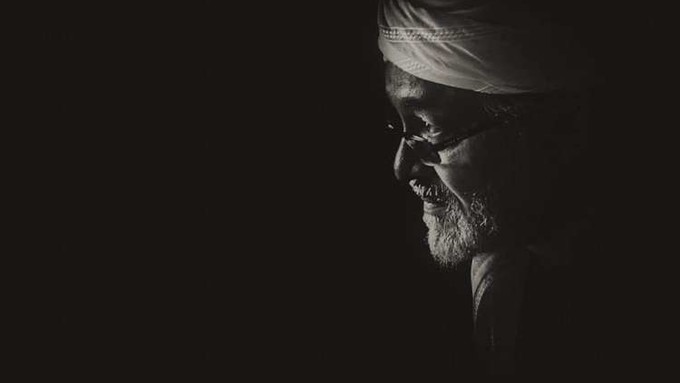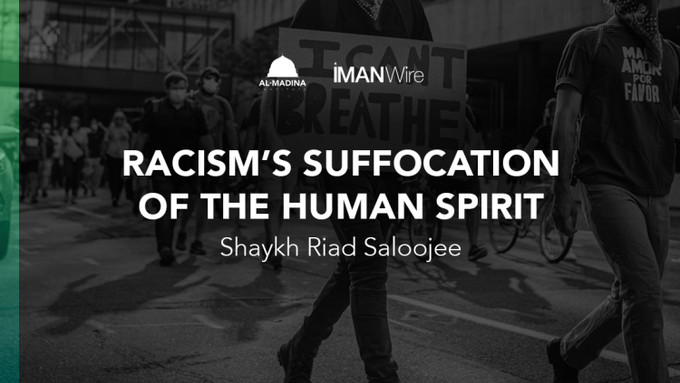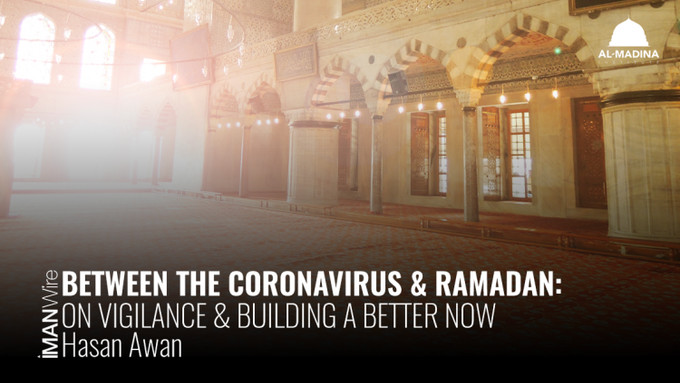On Silent Stillness
During my time living on Vancouver Island I used to make frequent trips to the mainland to visit family. I noticed one day that piles of perfectly straight hills of sand have been placed on an empty plot of land where construction of a new strip mall was to take place near the ferry terminal, but the site seemed abandoned. Thinking it might have been about funding issues I asked my brother and brother-in-law, both of whom work in construction, about these artificial piles of sand and why this project appeared to be on pause. Expecting an answer about the economy I was surprised to be told that what I thought was an abandoned site was in fact going through the most important phase of construction where everything has to stand still. Well, standing still is what it looks like to the outsider, but much is happening beneath the surface.
The start of a construction project begins with an analysis of the ground. The dirt composition is largely determined by how close the location is to the water, where the closer it is to a coast line, the deeper construction crews have to dig to reach solid ground to pour their foundation. How deep a foundation has to be is also dependent on how tall of a building they are intending to build. It turns out that living near the water is not only expensive because of the view, but also because the costs involved in building a solid foundation go up the closer the building is to the water. The exception to this rule is if the building is on a mountain overlooking the coastline, where the ground is solid rock. At any rate, this is a critical step in construction because the foundation and the ground beneath it have to be solid enough to sustain the weight of what is to be placed on top of it. Here is where those massive perfectly straightened piles of sand come in.
Named “preload”, sand is brought in, because it is the heaviest, and evenly piled in large amounts over the area where the building is to be erected. It will then be left for anywhere between six months and up to two years where it just sits there. Engineers will come in with their gauges to examine a change in the ground below the sand over this time called “settlement”, which refers to the lowering of the ground level caused by a volume change or movement within the soil. This change occurs due to the displacement of air and water out of the ground beneath the sand, thus compacting it to a degree that eventually makes it solid enough to withstand a building over it. Sometimes poles are driven deep into the ground to help with reinforcement. The interesting part about this is that there is no faster way to do it. The ground takes time to settle and the only thing to be done is to evenly pour the sand over it and let it stand still. The change is not readily observable to the naked eye and can only be ascertained by experts using electronic gauges to measure it.
Once the ground settles completely and is compacted to the highest degree, the preload is removed and the physical construction that I eventually started to see as I drove by what I thought was an abandoned location began. The visible change in the site and the structures standing there today are only possible because of a lengthy period of standing still. Without it, the ground is too unstable to withstand the weight of these buildings, and at best their walls will crack if they do not fully collapse due to an unstable foundation.
It is difficult to overstate the importance of what goes into a building’s foundation. No matter how magnificent it may appear after construction is finished, if that period of standing still and appearing barren was skipped or shortcut, human lives could be ruined when this building collapses because it lacked a proper foundation. While many of us may appreciate the outward appearance of architectural feats, few recognize or acknowledge the invisible foundation it takes to make them stand as such before us.
There are two aspects to a foundation that allow for one’s Islam to stand firmly where it does not collapse under its own weight or go in whichever direction the cultural and intellectual winds blow. The first is theological, and the second is spiritual. It is indisputable that most Muslims today have not studied a single foundational text on Islamic creed, and the few who have, underwent a course in which they were taught what they should repeat when asked to list orthodox Islamic beliefs. However, if asked to explain why they believe in them, chances are they would not be able to state their case in a way that convinces their own selves, let alone their non-Muslim interlocutors.
While studying a standard text of creed like that of Imam At-Tahāwī where the basic articles of Islamic beliefs are listed has its place, it is not sufficient in our modern times. This is especially so for those in high school or about to enter post secondary education, where they will be faced with narratives that go beyond the teaching of facts about the world and into an extensive imparting of an existential worldview that goes counter to Islamic teachings.
What is needed is a solid foundation upon which an Islamic creed can rest. Before learning what a Muslim believes, the more important question of why should anyone believe in Islam must be addressed. Otherwise, messages of concerned parents and doubting Muslims will flood the inboxes of imams and Muslim public figures, as they do today, asking them about evolutionary theory and Adam and Eve, the conflict between religion and science, the relevance of many Islamic rulings today, and even about the truth claim of the Beloved ﷺ that he was in fact a Messenger of God. Islamic education has to move beyond the myopic concern of rote memorization and simple transmission, and into a broader scope of an intellectual engagement with texts where the student is not treated as a passive recipient but an active participant in the gaining of Sacred Knowledge.
The spiritual dimension of an Islamic foundation involves a silent stillness. We live in an age in which nothing is valued, including one’s own sense of self-worth, unless it is shared publicly. In the never-ending chase after popularity that is made easy via social media, combined with a desire to emulate scholars, many young Muslims who have barely scratched the surface of Islamic studies are deluded by how easy a scholar makes it look when they speak about Islam. Armed with easy access to information through Shaykh Google, Imam YouTube, and Ustadh Wikipedia, some thought they could skip the long period of staying silently still to allow their foundations to settle. It is not uncommon to find young Muslims in their early 20’s granting themselves the permission to teach and preach, and attaining a status more authoritative and influential for the masses than older scholars who have spent their entire lives in study. Contrast that with the likes of Abd al-Qādir al-Jīlānī who was not allowed to teach until he was past 50 years of age.
Silent stillness in solitude away from the public eye is so indispensible for the spiritual preparation to handle Sacred Knowledge that even the Beloved ﷺ had to undergo this phase. For a period of three years before the archangel Gabriel were to descend with the first verses of the Quran, he ﷺ was inclined by God to seek solitude for a full month each year during Ramadan in the Cave of Hira located in the Mountain of Light two miles away from the city of Mecca. Although we do not have an account of what he ﷺ did specifically, we know it involved a silent contemplative state.
The idea of going silent into obscurity in an age of constantly loud visibility can be petrifying for some, especially if they had built their identity on a foundation of virtual reality. Many delude themselves into believing that the world will collapse if they take a silent vow; that the salvation of Muslims rests on them speaking and writing publicly; and that if it was not for them, falsehood would spread faster than fire across a dry forest. It is an overestimation of the self, brought about by not having established a proper spiritual foundation.
Constant movement makes one unable to experience the unmoving divine presence. A man entered the mosque of the Beloved ﷺ and prayed before coming to greet him. The Beloved ﷺ told him to go repeat his prayer because he had not done it properly. The man repeated it and came back, but was told to go repeat it again because he still did not perform it properly. After the third round he asked the Beloved ﷺ to teach him because he did not know how to perform his prayers any differently. He ﷺ told him that whenever he went into a position during the prayer he needed to pause in a tranquil state before moving to the next one. It is during these moments of stillness where the essence of prayer, Salah, i.e., a connection with God, is consciously established. This is when one can actualize worshipping God as if he or she sees Him. Prayer done properly is what the Beloved ﷺ described as the “apple of [his] eye.”
In an age where being busy and constantly on the go is praised, we need to emphasize the importance of staying silently still. The essayist Pico Iyer said of himself in The Art of Stillness that, “something inside me felt that I was racing around so much that I never had a chance to see where I was going, or to check whether I was truly happy. Indeed, hurrying around in search of contentment seemed a perfect way of ensuring I’d never be settled or content.” Though Iyer’s words here and book fall within the genre of New Age self-actualization, there is wisdom to be gained from it. Happiness from an Islamic perspective cannot be gained from the abyss of the never-satiated self. It is the byproduct of being in a state where one does not want to depart. In Paradise, it is attained during the Beatific Vision of God. To put it in Iyer’s words, “Heaven is the place where you think of nowhere else.”
Life & Culture Related Articles

Shaykh Seraj Hendricks: Obituary
An internationally recognised Islamic scholar, who saw spirituality, justice, and knowledge as integral to an authentic religious existence. Shaykh Seraj Hendricks, who passed away on the 9th of July 2020 at the age of 64, was a scholar of international repute, able to communicate and engage on the level of state leaders, religious scholars and the broader public.

Racism’s Suffocation of the Human Spirit
I can’t breathe. George Floyd’s last words, conveying, verbatim, Eric Garner’s last words, with echoes through a long chain of souls – Breonna Taylor, Michael Brown, Walter Scott, Freddie Grey, Jamar Clark, Alton Sterling, Stephon Clark and Botham Jean – is a testamentary call that should pierce every Muslim’s mind and heart.

Between the Coronavirus & Ramadan: On Vigilance & Building a Better Now
I pray that, as we continue to lovingly welcome and vigilantly discover the blessings inherent in Ramadan upon us, we awaken to all the moments and especially the moment that Allah has chosen to place us. A quotation from Charles Dickens, the opening to one of his novels, is worth reflecting on: “It was the best of times, it was the worst of times.”